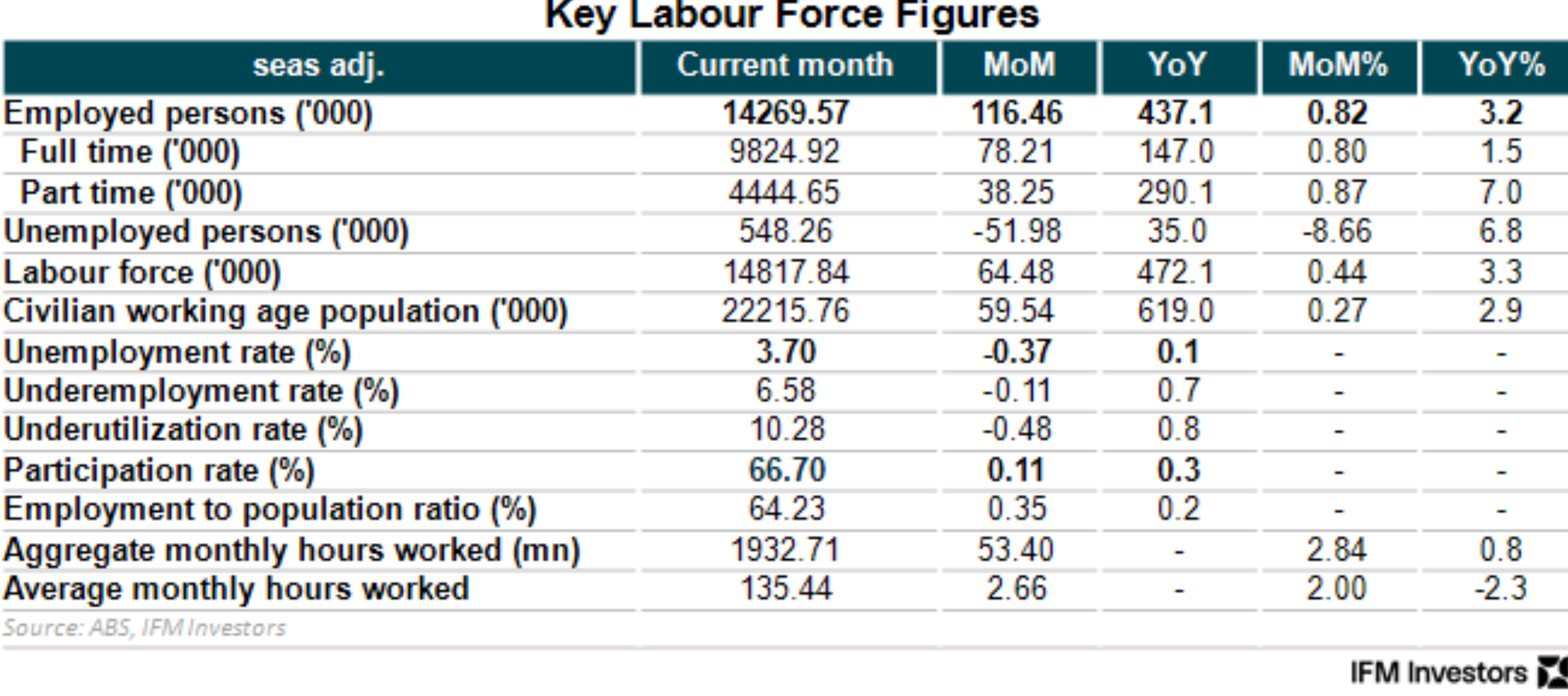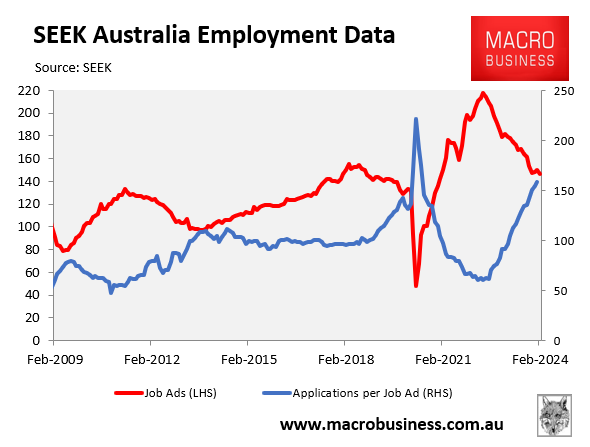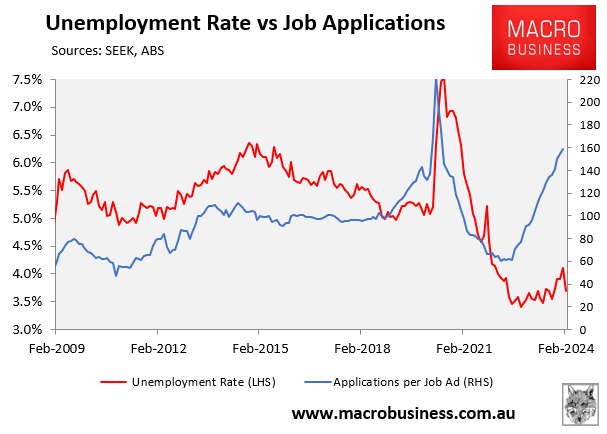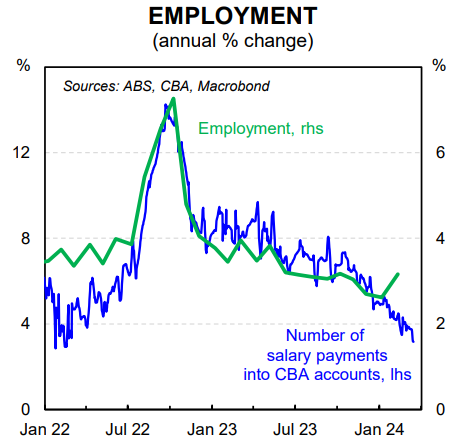The Financial Times posted an interesting article questioning the official employment data coming from government statistical agencies across the developed world, which are understating the weakness of labour markets and giving false signals to central banks.
“Employment figures are being closely watched by central bankers around the world as they try to work out when to cut interest rates this year. There is just one problem: the data might be dodgy”, the article reads.
“Swings in immigration, rapid changes to working conditions in the wake of the pandemic and lower participation in polls are combining to create a big problem for labour market statisticians”.
“Economists are increasingly questioning whether official reports can be relied upon for an accurate read of the labour market”…
“Economists and policymakers in the UK and US are doing their best to patch together a coherent view of their labour markets by looking at a broader range of surveys and alternative data”, the article says.
The same criticisms can be levelled at Australia’s official unemployment rate, published by the Australian Bureau of Statistics (ABS). It miraculously fell to 3.7% in February after 116,000 jobs were supposedly generated over the month, perplexing economists across Australia.

Meanwhile, survey data continues to point the other way.
For example, Seek reports that the number of job ads in Australia has fallen back to around pre-pandemic levels, whereas the number of applications per job ad is around 50% above pre-pandemic levels.

The massive lift in the number of applicants per job ad reflects both the decline in employer job demand and the sharp rise in labour supply driven by record net overseas migration.

As shown in the next chart, the growing imbalance between labour supply and demand would historically be associated with a sharp rise in the unemployment rate, making the current 3.7% reading nonsensical:

Separate metadata on the number of salary payments into CBA bank accounts suggests that Australia’s unemployment rate should be rising, not falling:

No matter which way you cut it, the official ABS employment survey looks to be broken.
Maybe it is unable to accurately track the record numbers of migrants landing in Australia and is thereby producing junk figures.
Let’s hope the Reserve Bank of Australia (RBA) has discounted the official ABS data in favour of broader and alternative measures. Because they simply do not pass the pub test.

